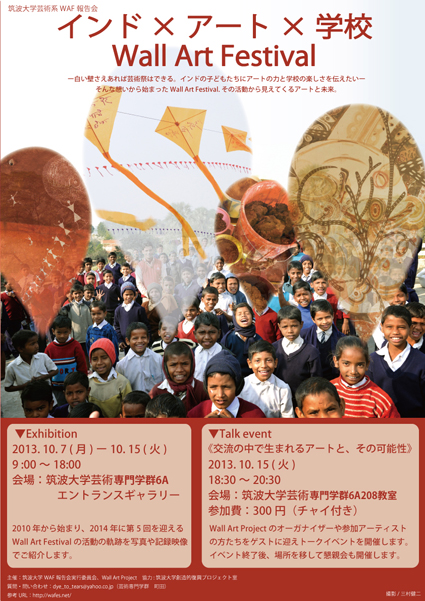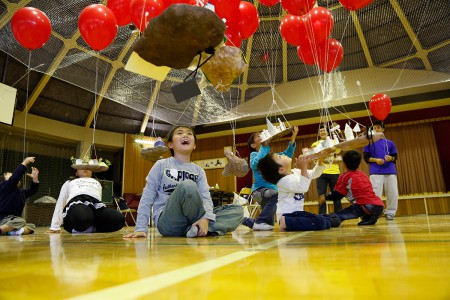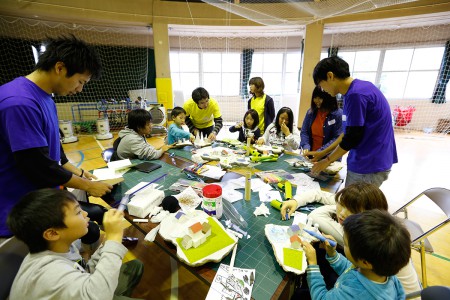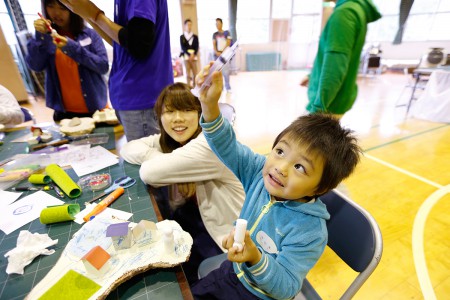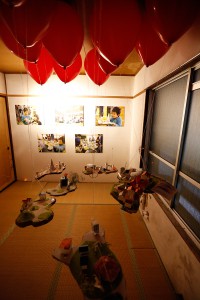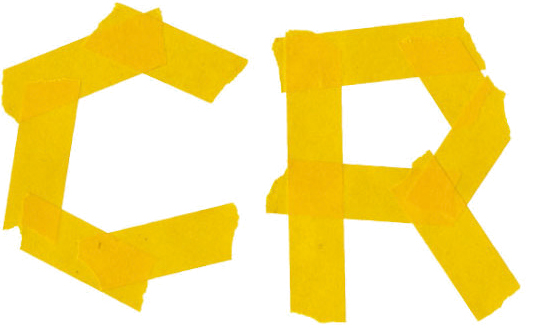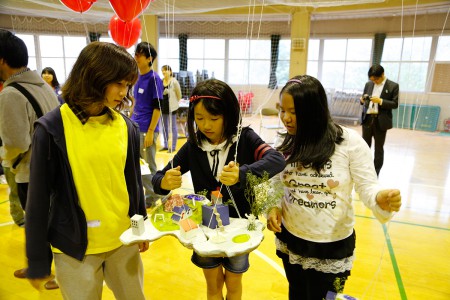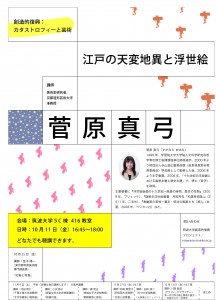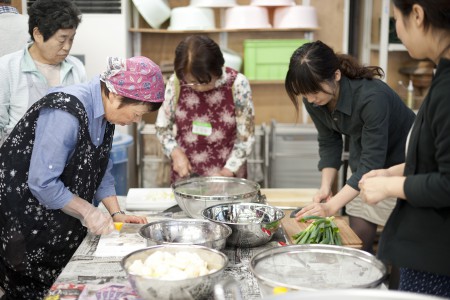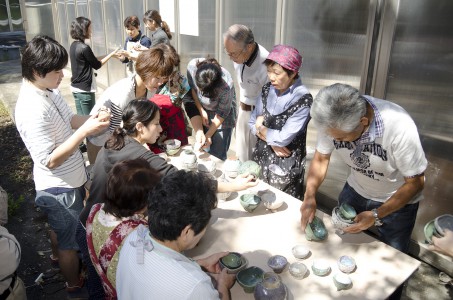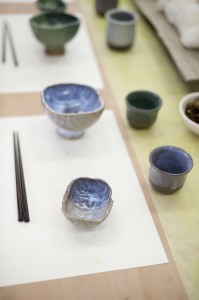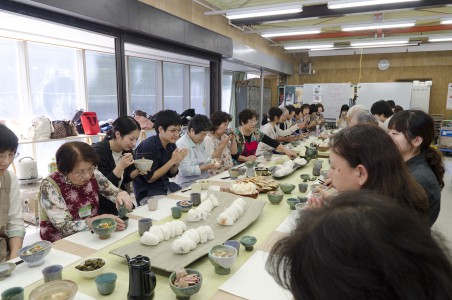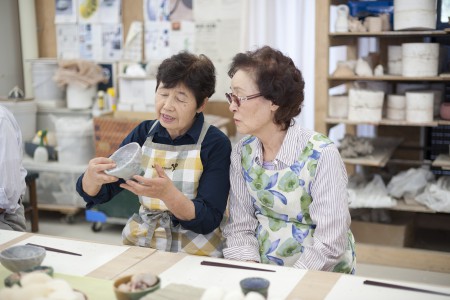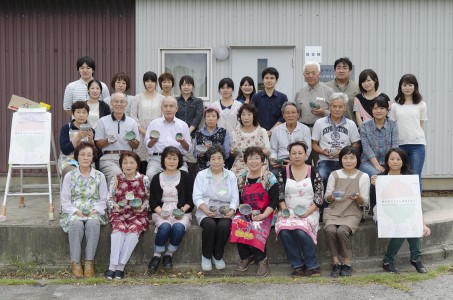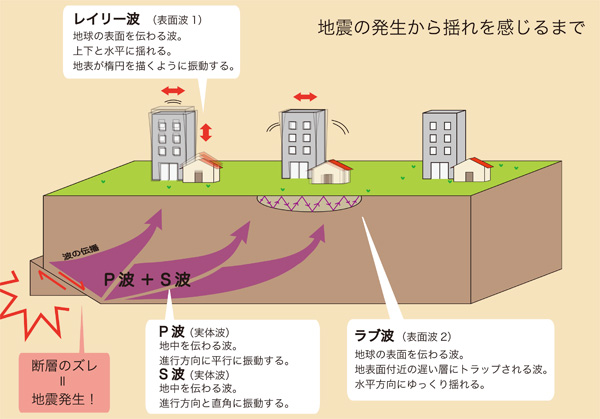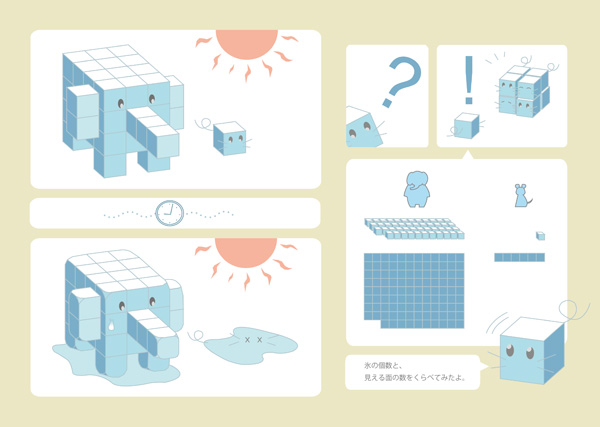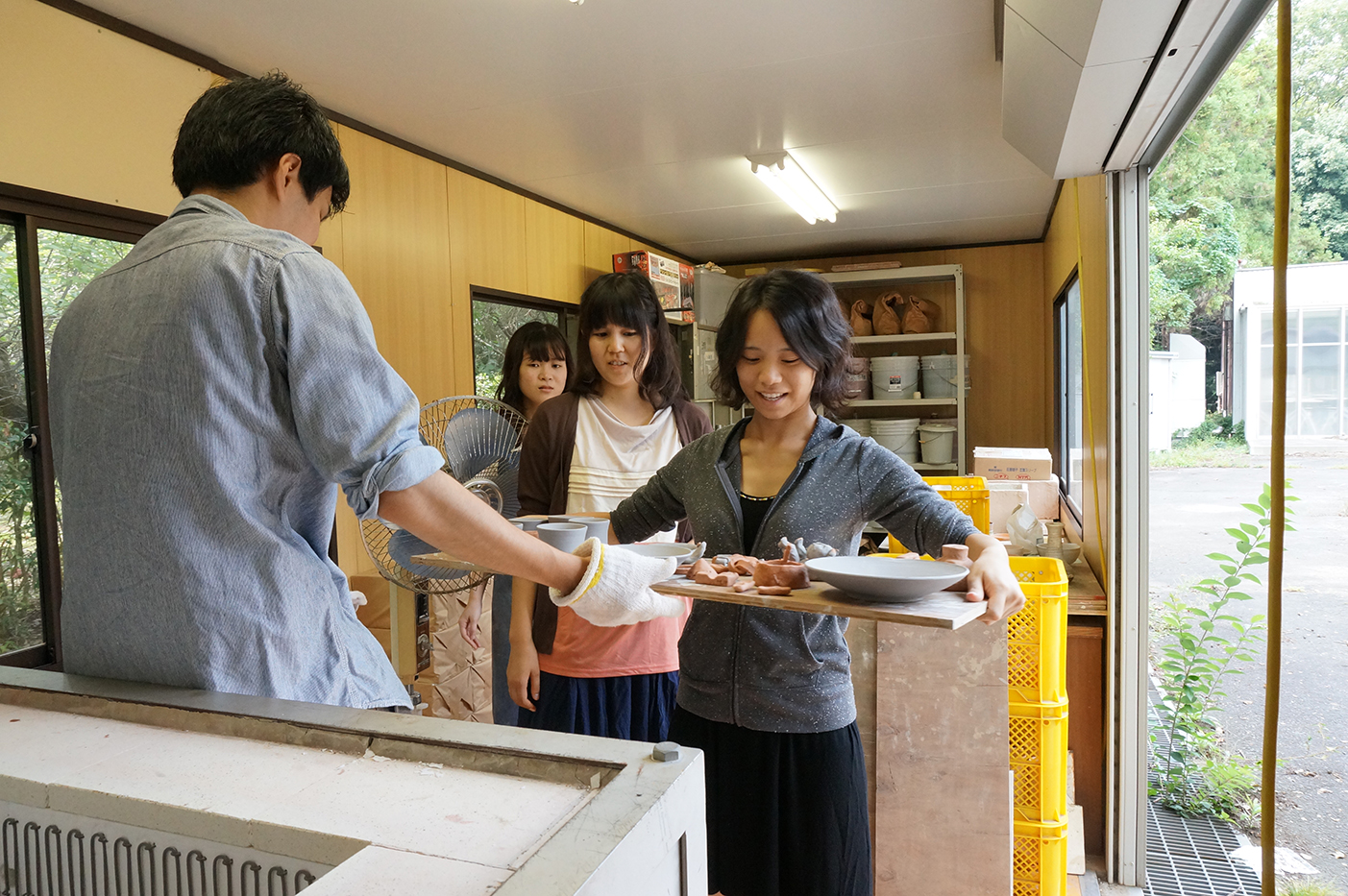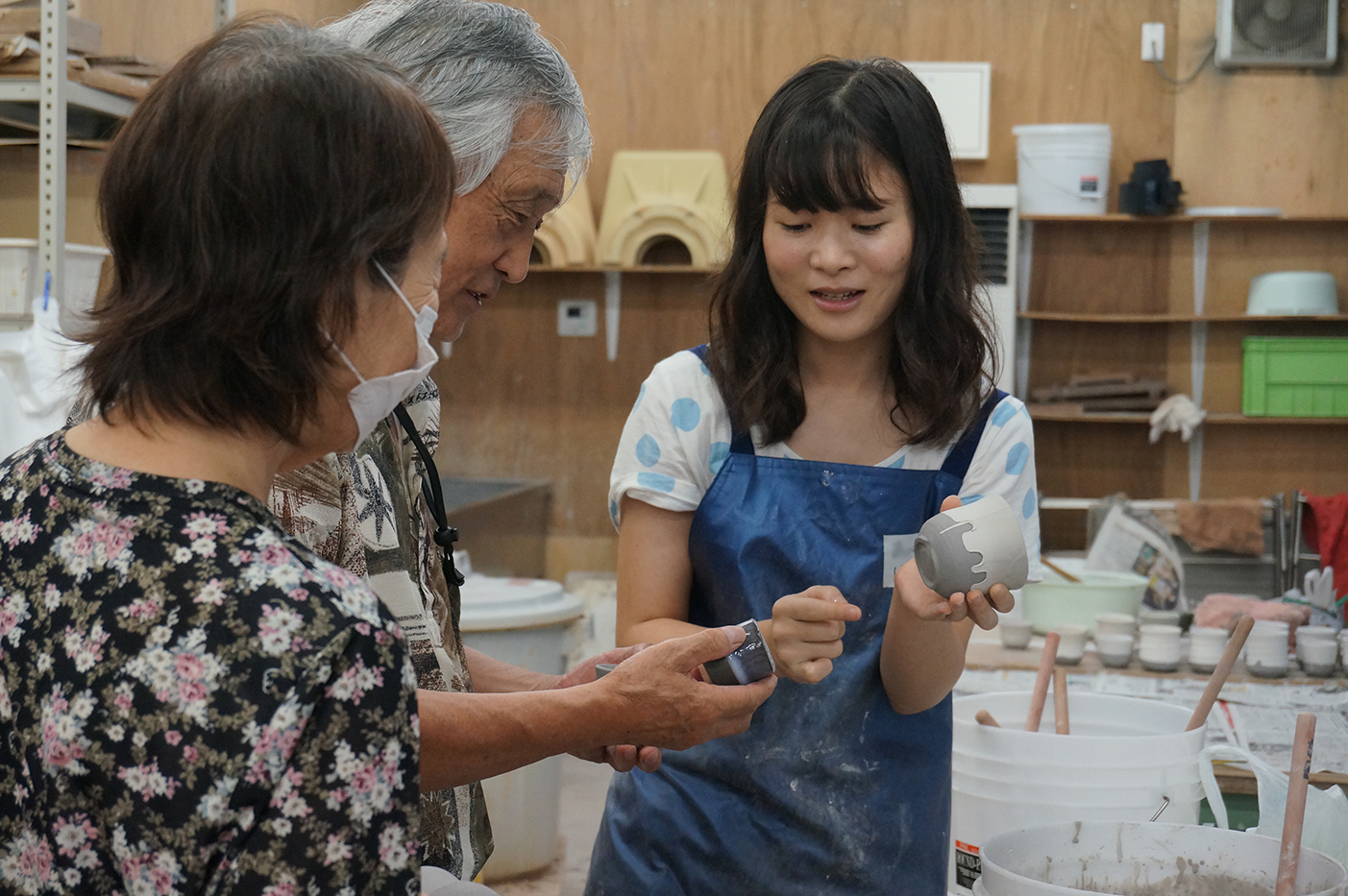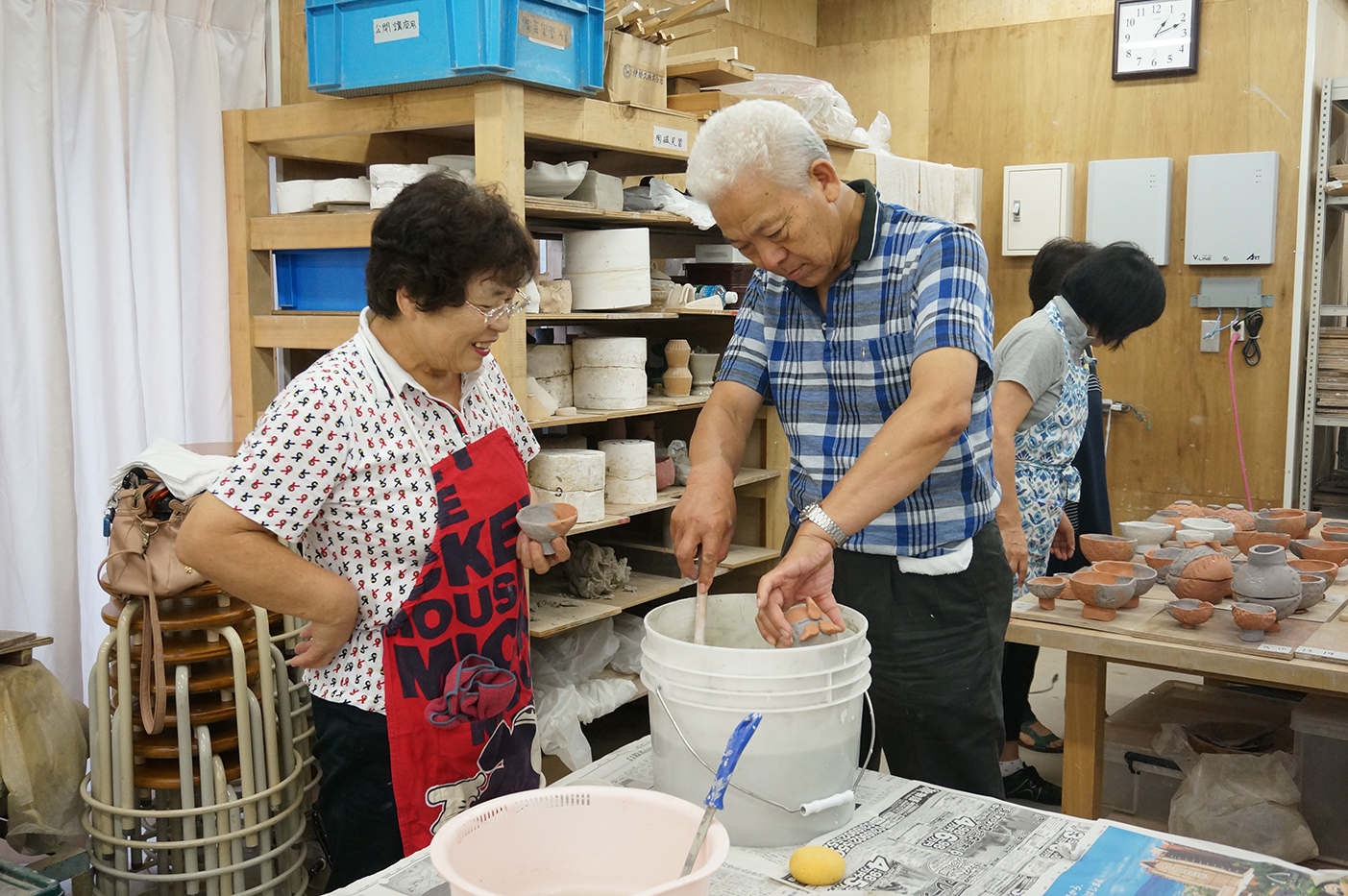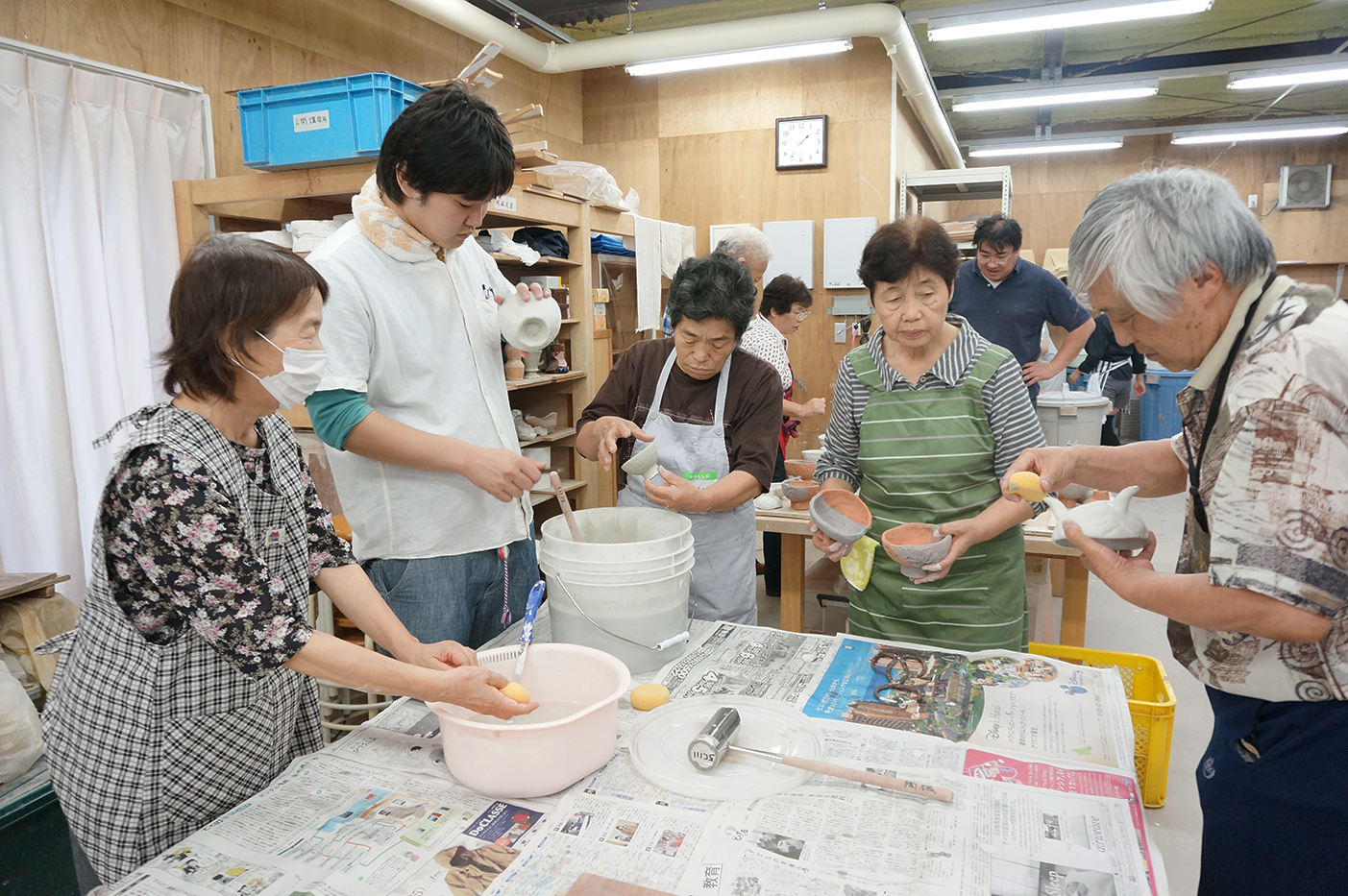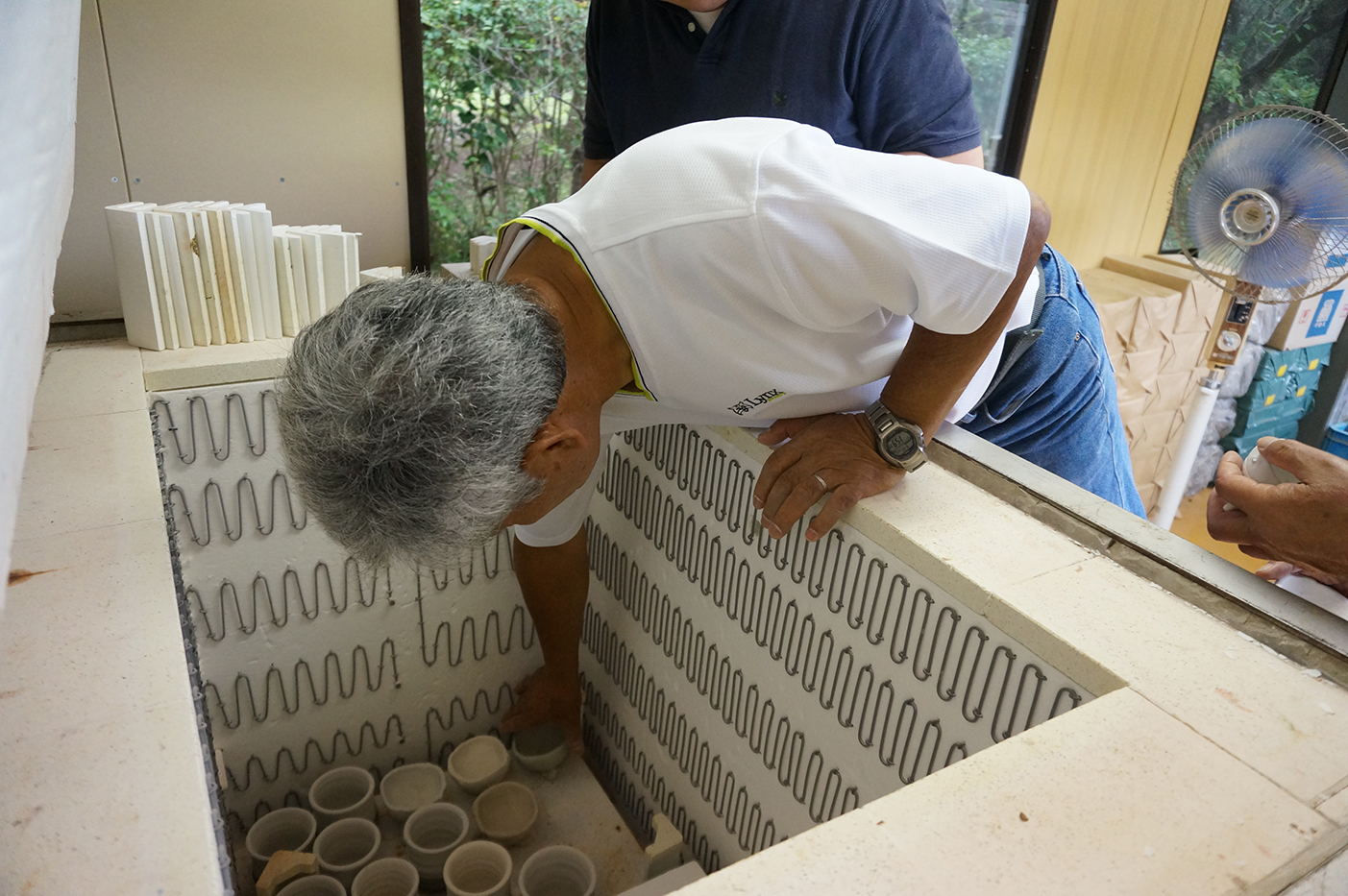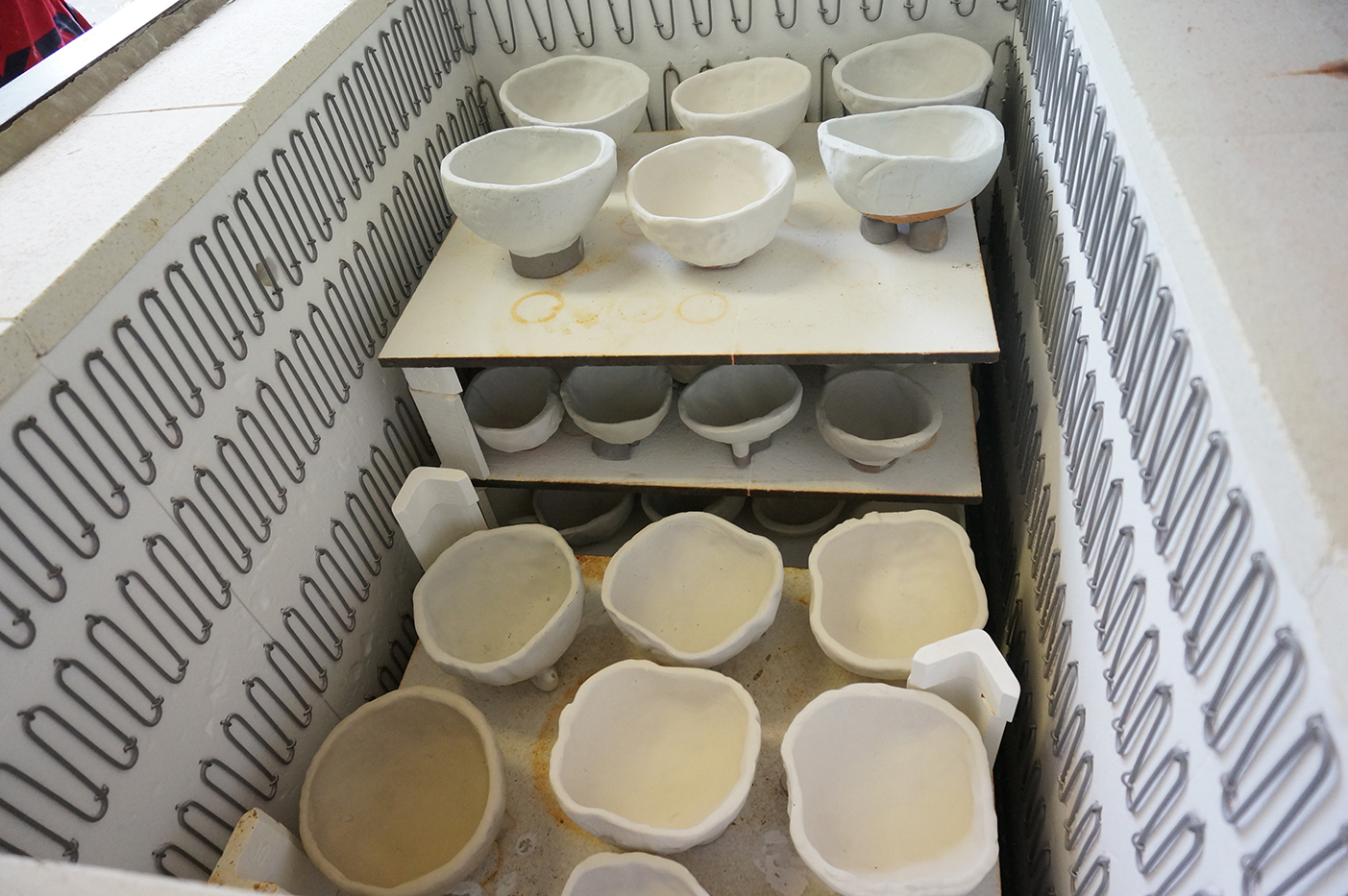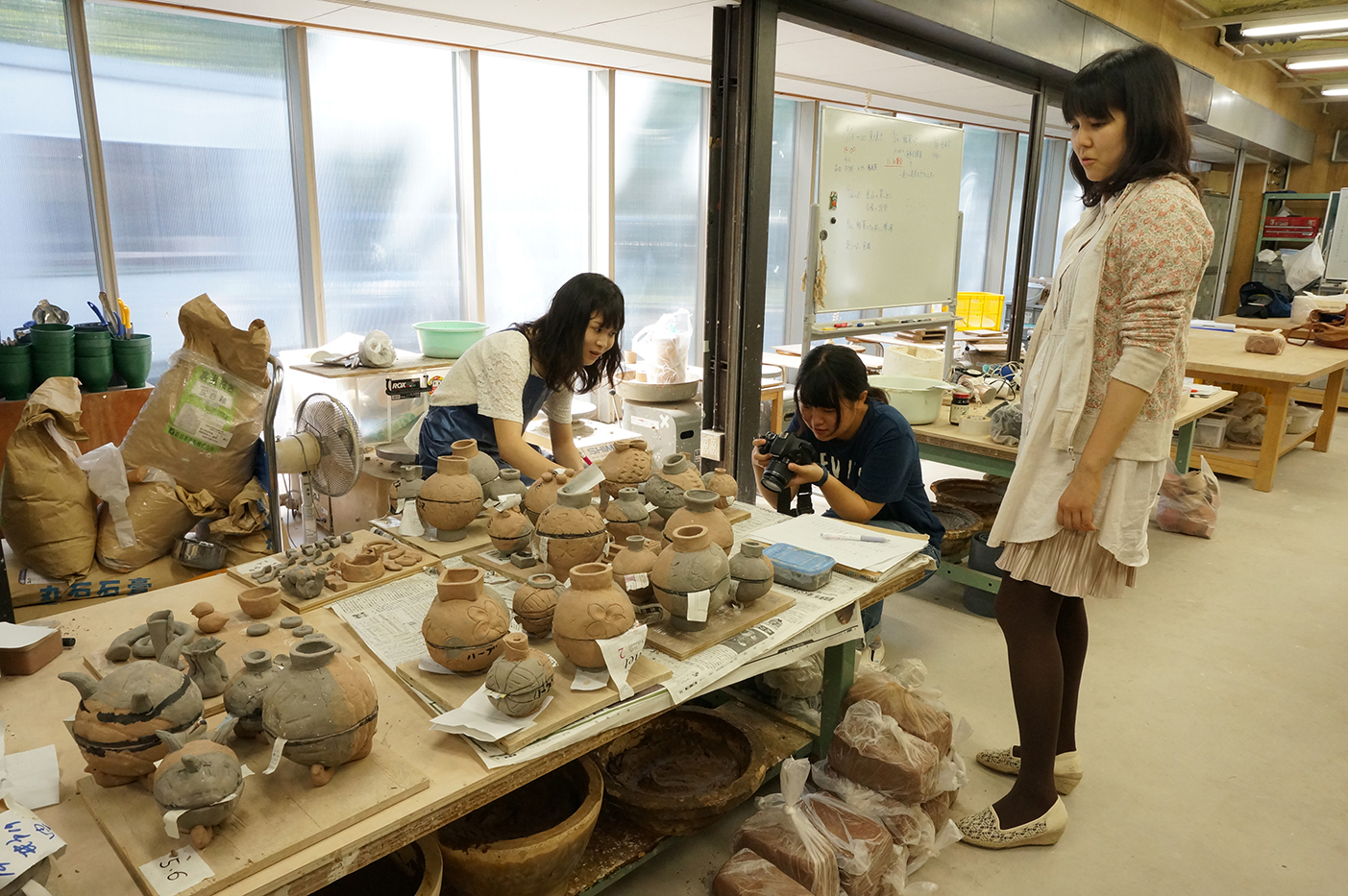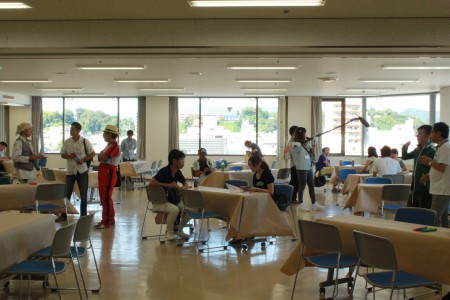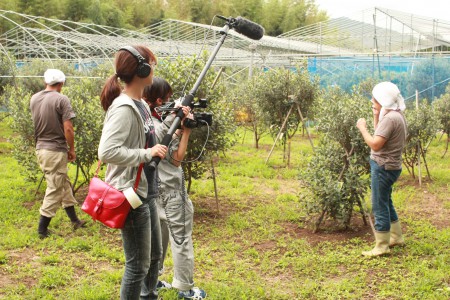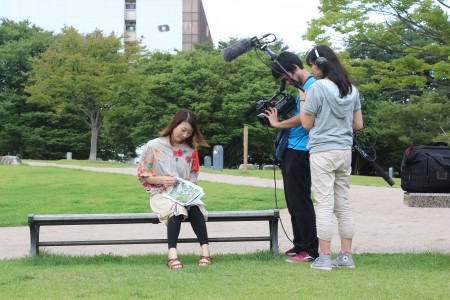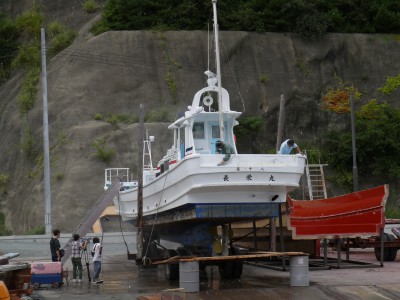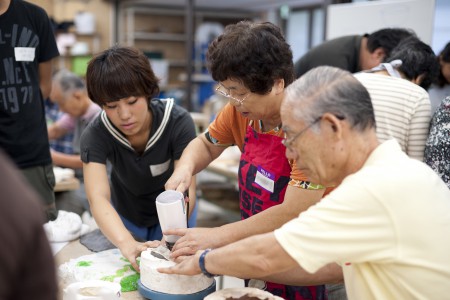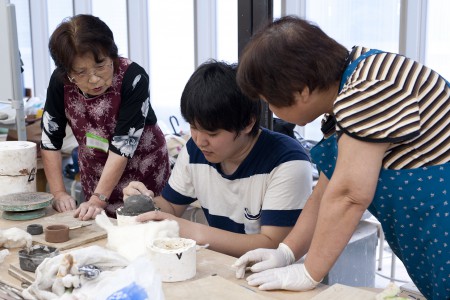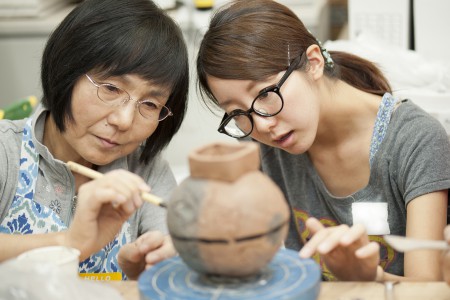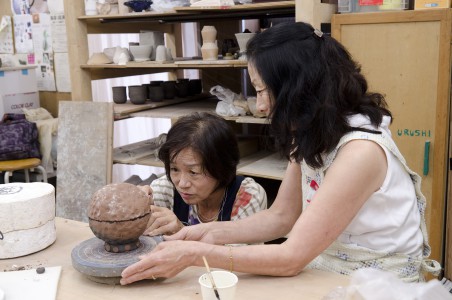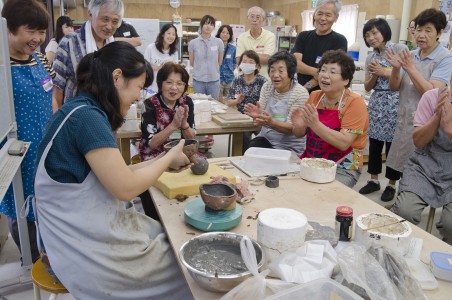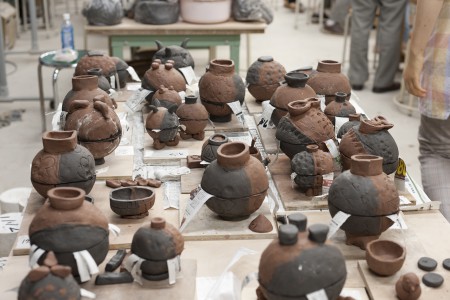“Wall Art Festival” Exhibition”, led by Misayo Tanaka, a 2nd year student at the University of Tsukuba Graduate School, has started.
“India x Art x School, Wall Art Festival”
Date & Time: Oct. 7, Monday ~ Oct. 15, Tuesday, 9:00~18:00
Venue: 6A Entrance Gallery
: “Art inspired by communication and its possibilities”
Date & Time: Oct. 15, Tuesday, 18:30~20:30
Venue: Tsukuba University, 6A208
Contents: A panel discussion will be held inviting as guests the organizers and participating artists of the Wall Art Project. After the event, a social gathering will be held at another venue.
Wall Art Festival is an art festival featuring the slogan, “Art x School x Support! Smiles connected by Art. Kizuna (Bonds of friendship) created by Art”. It has been held 4 times in schools in Indian villages where the educational system and infrastructures are still developing. The first one was held in Feb. 2010, and from then on, the art festival has been held once a year. The first 3 were held in the village of Sujata, Bihar, India, the 4th in the village of Ganjad, Thana, Maharashtra, India, and next year, in 2014, we will be holding it in the village of Ganjad again.
The story of this art festival began when 50 Japanese students donated a school building to a small village in India. It was some time after that they came to realize that the most important thing was not to construct a school building but to give support after the construction. “We must do something!” It was this thought that led to the art festival, where the walls of the school buildings are used as canvases. A festival that can be held anywhere where there is a white wall. With the theme, “Art x School x Support!”, our ambition is to spread, throughout the world, art that cannot be converted into money. (From “Wall Art Festival Book: the Miracle of the White Walls of India”.)
This project was not set up in response to the earthquake and its goal is not particularly about the earthquake disaster reconstruction. However, in terms of it being an attempt to study how people can be connected through art, the Creative Reconstruction and Wall Art Festival share a common goal. After the earthquake occurred in 2011, “Wall Art Festival in FUKUSHIMA” was held at “Big Palette FUKUSHIMA” in Koriyama-city, Fukushima, on May 28, 29 of that year. Messages from India to the refugees were delivered, and exhibitions, live shows and workshops by artists who took part in WAF 2011 were also held. The success of this event is based on the connections fostered by the “Communication through Art” carried out in India. Connections that developed through communication should naturally lead to the next connection and so on. It is this sort of sincerity and the cycle driven by the passion of the people involved that dynamically advance the art festival. Having been given the opportunity to introduce the activities of the Wall Art Festival at this gallery, it would be a blessing if every person who came by were inspired or touched in some way. Please take your time to look around.
Master’s Program in Art & Design, Plastic Art and Mixed Media, 2nd Year.
Wall Art Festival 2014 Report Program in Tsukuba University, Japan
Misayo Tanaka
